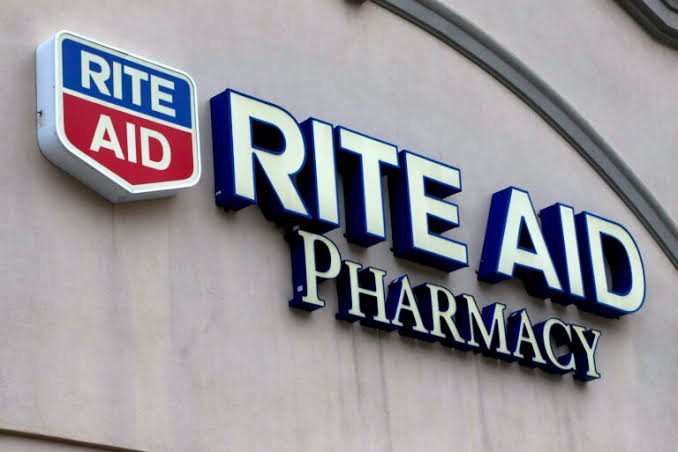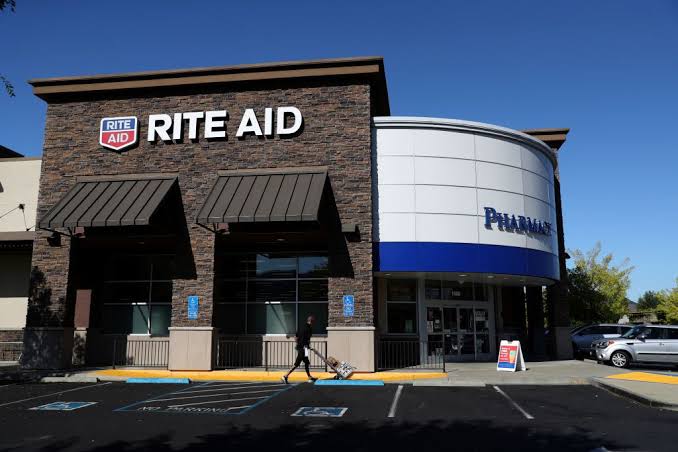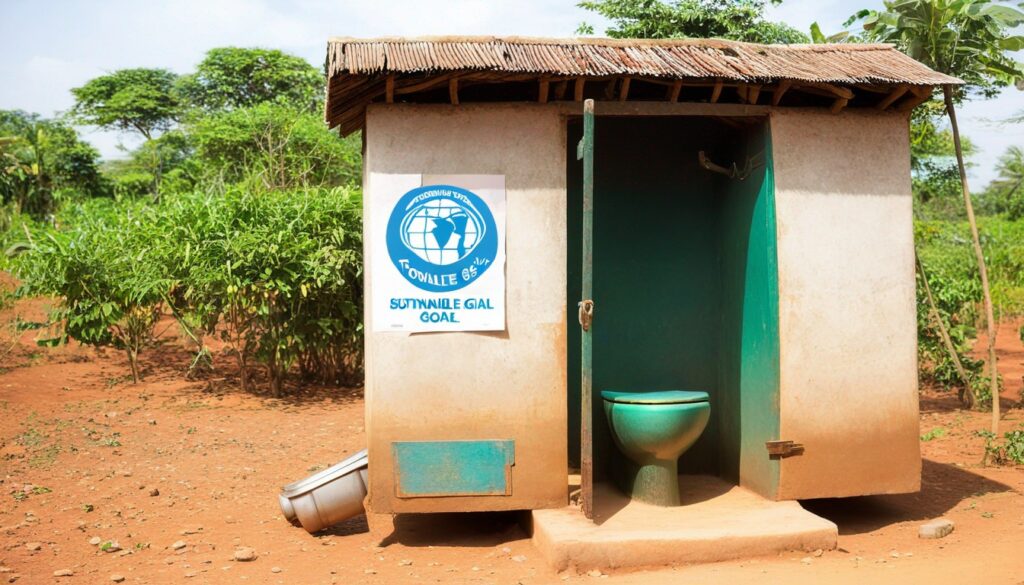Main highlights:
- What do we know about Rite Aid
- The company’s loss
Due to store closings and fewer people visiting the pharmacy for Covid-19 testing and immunizations, Rite Aid reported a quarterly loss of more than $300 million.
The pharmacy chain reported a loss of $331.3 million for the fiscal 2023 second quarter that ended on August 27 of this year, up from a loss of $100.3 million in the same period last year. When compared to the same quarter last year, Rite Aid’s revenue fell to $5.9 billion from $6.11 billion, “primarily owing to a decline in revenue from Covid vaccinations and testing, store closures, and a planned loss of covered lives at Elixir,” the pharmacy benefit management firm it controls.
 Source: Google Images
Source: Google Images
What is Rite Aid?
Rite Aid corporation is an American drugstore company in Philadelphia, Pennsylvania which serves as the home location for rite aid. Thrift D Discount Center was established in 1962 in Scranton, Pennsylvania, by Alex Grass. According to overall revenue, the company came in at No. 148 on the Fortune 500 list of the biggest American corporations.
Retail drug store ownership and management are activities of Rite Aid Corp. Pharmacy Services and Retail Pharmacy are its two main business divisions. Prescription medications, personal care items, health and beauty aids, and walk-in retail clinics are all included in the Retail Pharmacy sector.
For insurance providers, employers, health plans, and groups of government employees, the Pharmacy Services segment offers traditional and transparent pharmacy benefit administration. Alex Grass established the business on September 12, 1962, and its main office is in Camp Hill, Pennsylvania.
The growth of Rite Aid
Ten years after its first store opened, Rite Aid operated 267 locations in 10 states. In 1981, Rite Aid became the third-largest retail drugstore chain in the country. 1983 marked a sales milestone of $1 billion. A 420-store acquisition along the east coast expanded Rite Aid’s holdings beyond 2,000 locations.
In 1984, the chain was brought to Michigan through a significant number of acquisitions. These were Lippert Pharmacy of Lowell, Herrlich Drug of Flint, Muir Drug and Remes Drug of Grand Rapids, Michigan; a year later, Rite Aid opened locations in Lansing, Michigan through the acquisition of State Vitamin.
In 1987, the company started its expansion into Ohio by purchasing Cleveland-based Gray Drug. Read’s Drug Store in Baltimore, Maryland, was one of the businesses bought. Rite Aid acquired Lane Drug of Ohio, a 114-unit chain operated by Peoples Drug, on April 10, 1989.
In 1994, Rite Aid purchased 24 Hook’s Drug Stores locations, of which nine were sold to Perry Drug Stores, a Michigan-based drugstore chain. A year later, Rite Aid bought 224 shops from Perry, substantially increasing its footprint in Michigan.
A 1,000-store West Coast franchise called Thrifty PayLess was purchased by Rite Aid in 1996. The Northwest-based Bi-Mart membership discount stores, which were auctioned off in 1998, were part of the Thrifty PayLess transaction. Rite Aid entered the Gulf Coast region through the acquisitions of K&B, Inc. and Harco, Inc.
 Source: Google Images
Source: Google Images
The current situation of Rite Aid
Due in part to the expansion of healthcare services, drugstore chains have prospered throughout the Covid-19 epidemic and have become the preferred location for Covid-19 vaccinations and testing. According to Rite Aid’s top executive, testing is currently decreasing as Covid instances decrease and retail pharmacies encounter additional challenges like inflation.
Heyward Donigan, president and CEO of Rite Aid, stated, “As we look to the second half of the year, we expect sustained pressure on consumer spending and supply chain problems.”
As part of ongoing cost-cutting efforts aimed at making the pharmacy chain more competitive, Rite Aid has been closing 145 stores this year that it claims are “unprofitable.”
Rite Aid revealed plans to “substantially reduce expenses” through the “closing of a total of 145 unproductive shops” in April. Rite Aid has struggled in recent years to compete with larger rivals Walgreens, CVS Health, and Walmart pharmacies.
The business stated on Thursday that Rite Aid expects its fiscal 2023 net loss to range between $520.3 million to $477.3 million. “Goodwill impairment costs in the Pharmacy Services Segment and increasing impairment charges for shuttered locations have primarily affected our forecasts for a net loss.”





